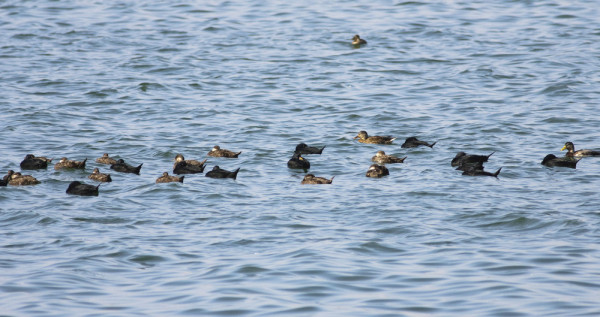
Migration Blog (9th April – 15th April)
Find out what species have been arriving during the last week and what to look out for over the coming week.
The last week saw a contrast in the weather compared to the previous week, with unseasonably warm temperatures coupled with a southerly airflow: ideal conditions for many species to arrive en-mass across the UK. The first Reed Warblers, Sedge Warblers, Whitethroats, Garden Warblers, Cuckoos, and Pied Flycatchers turned up during the week and people added these either from their homes or whilst out on their daily walks. With many people keeping a lockdown list for their house, it wasn't surprising that the occasional rare species were noted, including the predicted Alpine Swift and Red-rumped Swallow from the last blog and there were continued sightings of White-tailed Eagle. It seems like there could be five or more individuals involved, some from the reintroduction scheme on the Isle of Wight but also some that suggest they originated from the near continent, either way an impressive sight and a great addition to a house list.
Another species that many people added was Common Scoter, but you had to stay up late to encounter them! Ordinarily, we associate Common Scoter with the sea and watching big flocks off various coastal locations around the UK, or, occasionally, on inland waters. However, very few of us are aware of the migration routes these birds take across the UK to their breeding grounds in Scandinavia and Siberia. Towards the end of last week and over the weekend several people started to either hear or sound-record (noc-mig) flocks of Common Scoter passing over their houses, here is a link to their calls. With the power of social media, this movement even started to trend on Twitter. More and more people heard these flocks as they headed from the west coast to the east coast and again using social media these encounters were documented and revealed the routes these birds took. You can read more of this fascinating event in this BirdGuides article.

Species focus - Cuckoo
The Cuckoo is arguably one of our best known birds, in that most of us will know what one sounds like, and when we do hear one it is usually a heart-lifting moment, joy in the knowledge that summer is here. The average arrival date for Cuckoo in the UK is April 19, but of course, a few will be earlier than that and some a little later. The first few have already been heard here in the UK this spring.
Up until 2011 we had no idea where our Cuckoos spent the winter months, but thanks to our Cuckoo tracking project we now know that it is in the Congo basin, with a few birds heading a little further south into Angola. We also know that our birds get there by two very different routes, one via Spain and the other taking in the Po Valley in Northern Italy, and that irrespective of the route taken when they head to Africa, on their way back here in the spring all of them fly through Spain.
The Cuckoo has a handful of species in the UK in whose nests it regularly lays its eggs. These are the Reed Warbler, Meadow Pipit, Pied Wagtail, Wren and Dunnock. During the next week, the chance of hearing a Cuckoo should increase with the forecast of suitable weather to help them get here, and with it being a lot quieter now there is less traffic about, there is a good chance that some of us might hear one from our gardens.
... the first few Wood Warblers, Lesser Whitethroats, Swifts, Redstarts and Whinchats will also arrive during the coming week.
Weather for the week ahead
The clear settled conditions look to be set for the next week or so, with the exception of a brief run of northerly winds at the start of next week. What this means for migration is that it will continue pretty much uninterrupted and the next week should see a steady flow of summer migrants arriving in the UK. The range of species arriving will increase as will the numbers of birds involved. More Swallows, House Martins, Willow, Reed and Sedge Warblers should arrive and the first few Wood Warblers, Lesser Whitethroats, Swifts, Redstarts and Whinchats will also arrive during the coming week. Nightingales also start to arrive at this time of year and their beautiful song is a sign that the spring is in full swing. Not only can their song be heard during the night, but when they first arrive they will sing during the day too as they try to attract a mate and lay claim to a territory.

As with last week, the settled conditions are looking good for drifting migrants to occur as they overshoot on their migration and continue north. Species likely to be involved are Purple Heron, White Stork, Glossy Ibis, Black Kite, Red-rumped Swallow, Hoopoe and Alpine Swift. Thinking slightly rarer, perhaps a Great-spotted Cuckoo or Zitting Cisticola (Fan-tailed Warbler) might be seen by someone on their daily exercise.
Data entry for BirdTrack remains open, enabling you to record birds from your home and to enter old records. If you are out locally on your permitted daily exercise then you can also use the system to note the birds that you see and hear.
Let us know what you've been seeing this week in the comments below.







Share this page